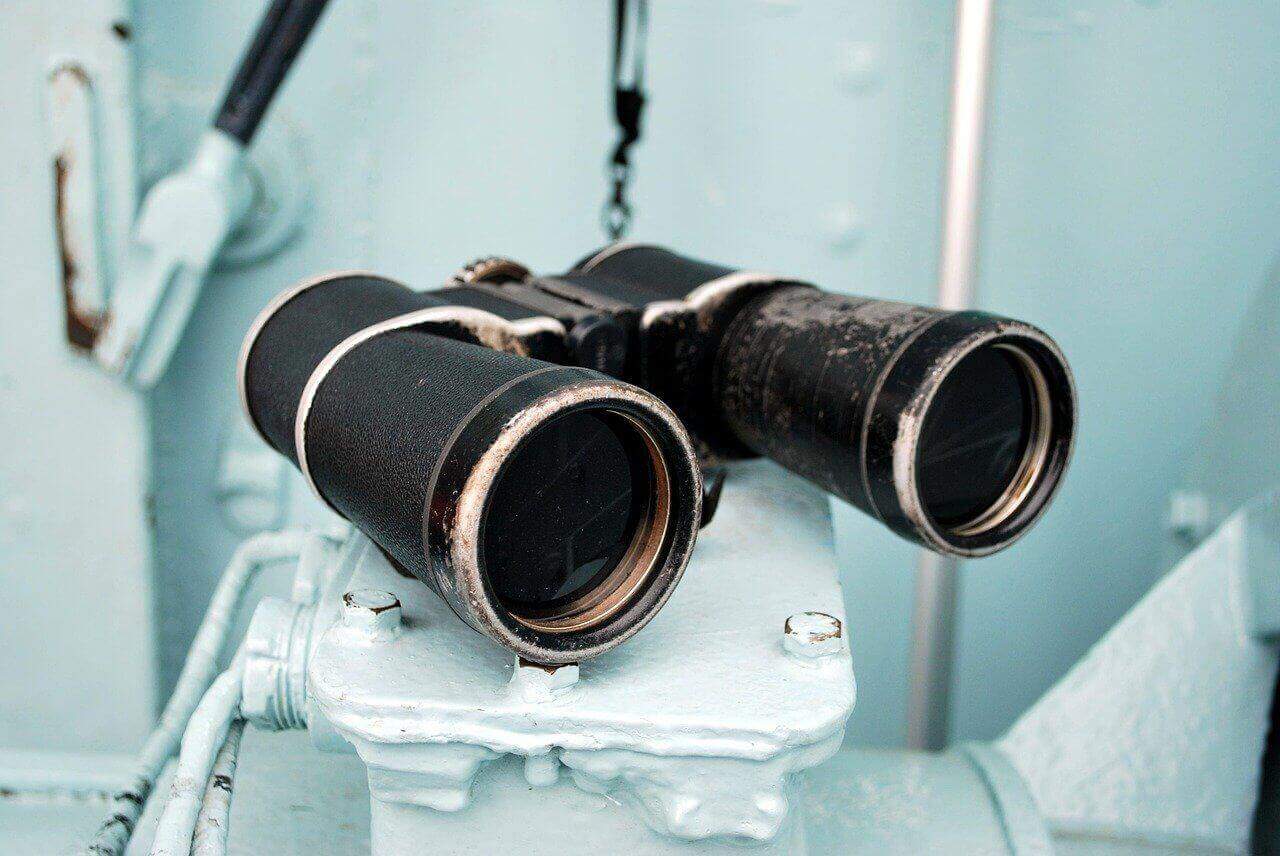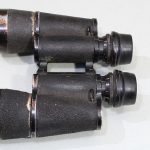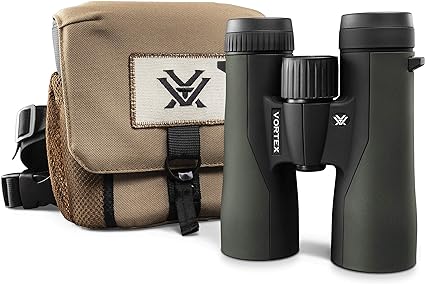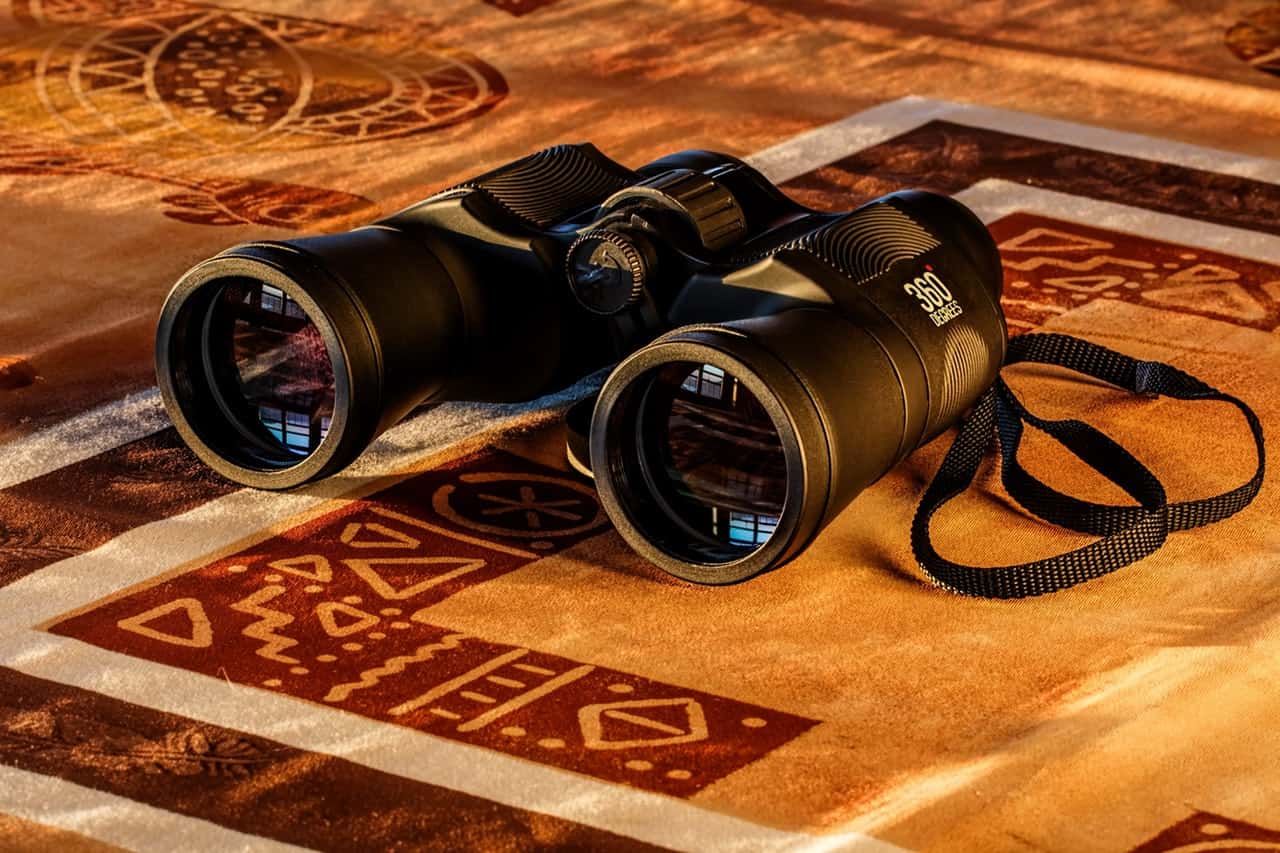First-time binocular buyers often wonder why a certain pair costs a fortune while there’s a similar-looking glass available at a dirt-cheap price. If you’re in the same boat, you’ve docked at the right place.
Like all other gadgets, binoculars also come with different price tags. We divide binos into three categories; high-end, middle-tier, and pocket-friendly. In the high-end range, we see manufacturers like Zeiss and Swarovski, which have been around for a long time. Brands like Leica and Vortex fall in the middle category, while Nikon and Bushnell occupy the most affordable tier.
Now that we know about different price ranges, the next step is to find what causes this disparity. Therefore, we’ll figure out why a Zeiss binocular costs a lot while a Bushnell glass doesn’t leave a hole in your pocket. But since discussing all manufacturers at once isn’t quite feasible, I’ll try to answer why Zeiss binoculars are so expensive. Let’s discuss what makes Zeiss binoculars the best and (arguably) the most expensive!
Here is a list of our top 3 Zeiss binoculars:
Zeiss – the pioneer
Any binocular user would agree that a company’s legacy has a lot to do with its manufacturing standards. When trusting a new binocular brand is difficult, any glassing lover would happily invest in this pioneer brand, Zeiss.
Zeiss’s history spreads over 150 years, as it first started operating in 1846. Since then, Zeiss binoculars and telescopes have been the most treasured gadgets for glassers. Whether surveillance is your duty or you use a binocular for leisure activities, Zeiss is always the one-stop solution.
Zeiss Optics has a wide range of optics, from pocket-sized binos to full-sized astronomy binoculars. And since their quality-testing standards are always top-notch, you can confidently invest in a Zeiss glass.
So, what makes Zeiss binoculars the high-end ones?
Once we start exploring Zeiss binoculars, we see a broad array of options. From the new 8×25 binos to the classic 18×25 Jena Delfrot, Zeiss doesn’t fail your expectations anywhere. If you’re ready to extend your budget, you can easily find an exceptional Zeiss binocular that won’t require much upkeep and might as well be the heirloom for your next generation.
Also Read: Zeiss Conquest HD vs Zeiss Victory (Which One is Better?)
- High-end technology
While binoculars’ purpose remains the same, i.e., to help us see the objects we can’t cover with the naked eye; their construction keeps changing. We often see new lenses, prisms, and stabilizing mechanisms being introduced in the optics market, which collectively improve your glassing experience.
Exclusive technology is a contributing factor towards Zeiss binoculars’ cost because not every manufacturer can promise that level of precision.
- Premium lenses
Zeiss lenses are well-known for their excellent color-differentiation and light transmission. Where other binoculars show blur edges and chromatic aberration, a high-quality Zeiss binocular provides edge-to-edge sharpness.
Manufacturing quality glass is an intricate process involving high-quality material and vigorous melting techniques. A glass object’s properties are altered with high-temperature levels and the friction caused by its movement.
Precise melting and mixing techniques develop a binocular’s objective lens, determining the optical clarity you receive.
Once a glass part is shaped like the desired lens, it’s refined to fit into the binocular. Since Zeiss Optics emphasizes quality, their lenses are always the industry-best.
- Glass coatings
Lens coatings are vital for binocular’s lenses. When the objective lenses don’t have color-correcting or CA-controlling coatings, you see terrible image distortion.
However, that doesn’t happen with most Zeiss binoculars as they come with multi-coated lenses. Zeiss lens coatings keep light reflection at bay and provide impressive color-differentiation, eventually making glassing more enjoyable for you.
Coatings like LotuTec and DuraVision are exclusive to Zeiss, and you have to pay a hefty price to experience these amazing layers. Once your binocular lenses are treated with these premium-quality layers, you’ll never struggle with edge distortion or false-color composite.
Also Read: Which is Better Zeiss or Swarovski Binoculars?
- Prisms
High-quality prisms can make or break the glassing game for you. If you struggle with false colors or a sufficient amount of light doesn’t pass across your eyepiece, a Zeiss binocular can help.
Their excellent prisms like Abbe-Koenig and Bak4 improve a bino’s visual clarity like no other. Also, when you switch to an image-stabilized binocular, Zeiss Optics provides you with impressive stabilizing prisms that quickly compensate for the movement.
- Best craftsmanship
How a binocular’s different parts are assembled impact the user’s overall experience. When you don’t struggle with a freely-moving focus wheel, you enjoy your activity better.
Experienced glassers admire Zeiss binoculars for their well-thought-out construction. Textured adjustment knobs and rightly-placed setting buttons can make your glassing activity more relaxed.
With a Zeiss binocular in hand, you can chase a moving target without losing your focus or accidentally hitting the diopter, thanks to the brand’s elite manufacturing standards.
- Excellent mechanics
Zeiss has always led the optics industry with its innovative techniques and unmatchable quality controls. From developing the first-ever space camera to introducing image-stabilization technology in binoculars, Zeiss is always the master. Zeiss binos’ user-friendly interfaces and easy-to-haul designs never become a hassle, regardless of your adventure.
If you like exploring new glassing gadgets, check Zeiss’s collection, and you’ll surely find something that intrigues your interest. The optic geniuses at Zeiss keep testing and introducing new techniques that improve the users’ overall glassing experience.
Also Read: Are Swarovski Binoculars Worth the Money?
- Ergonomic housings
Once a binocular’s lenses and other internal parts are ready, the next step is to encompass them to a sturdy chassis. When a binocular has a robust housing, it performs better in challenging conditions.
If you frequently take your binoculars out to a hunting field or a water body, you’ll know the significance of a strong chassis. Luckily, most Zeiss binoculars have finely crafted aluminum alloy housings that never give in to harsh weather/terrain conditions.
A fully-sealed binocular housing protects your binocular from moisture and pollutants, which can otherwise disturb its operation. Apart from keeping the pollutants away from the glass parts, a binocular’s housing also affects your comfort level during any activity.
When you hold a textured and nicely sealed binocular, you enjoy a more comfortable grip. And having a sturdy grip means you can run while holding a binocular, and it won’t slip.
- Weatherproofing
Most Zeiss binoculars have rubber-sealed and nitrogen-purged lenses. These protective procedures increase a binocular’s usability, as you can take it out in any weather. Weatherproof and ergonomic binoculars don’t require much upkeep and prove to be your handy buddies during strenuous missions.
- Strength
Binocular users aren’t always roaming on even terrains; they often come across the most challenging and unpredictable conditions. Having a dependable binocular eases a binocular user’s struggle to a great extent without requiring any extra effort.
Also Read: Are HD Binoculars any Better?
- Lifetime guarantee
It’s natural to worry while investing a huge amount in a gadget, and Zeiss Optics knows that. Therefore, all Zeiss binoculars come with lifetime guarantees, which cover most mechanical flaws. Whether your bino’s focus wheel starts behaving differently or you can’t align the central diopter, call Zeiss, and their responsive team will tackle your problem. Having a lifetime guarantee means you can pass your Zeiss binocular to your next generation, and even they’ll enjoy the same perks that you did.
If you’re hesitant about spending a fortune to buy a Zeiss binocular, think about their quality standards and guarantees, which you don’t find elsewhere. This is one of the advantages of dealing with the top-notch manufacturers, they’re confident about their gadgets, and you get what you pay for.
- Value for the money
As I mentioned earlier, you get what you pay for. Sure, a $100 binocular is there on the market, but can it compete with a Zeiss glass? It can never!
Zeiss’s exclusive manufacturing procedures and dedication towards quality make it worth every buck.
- Longevity
Some glassers are still using their century-old Jena Delfrot binoculars with the same precision and visual clarity. Zeiss never compromises on its binoculars’ longevity and exclusivity. If you want a glass that stays there for your future endeavors, Zeiss is undoubtedly the safest bet.
Final thoughts
If quality is your priority, be ready to spend a premium for a Zeiss binocular. Zeiss binoculars might seem insanely expensive, but when you compare their features with others, you’ll be convinced about their worth.
The most experienced experts engineer Zeiss binos to meet the company’s incredible manufacturing standards. Stretch your binocular-shopping budget and get a Zeiss glass once and for all; you won’t be hassling with faulty lenses or shaky views after that!
Also Read: Are Image Stabilization Binoculars Worth the Money? (Plus Our Top 3 Recommendations)

Binos enthusiast since I was 12 – A real expert in all things optics including rifle scopes and red dots. Live in Dubai & love writing, beaches and eating!






